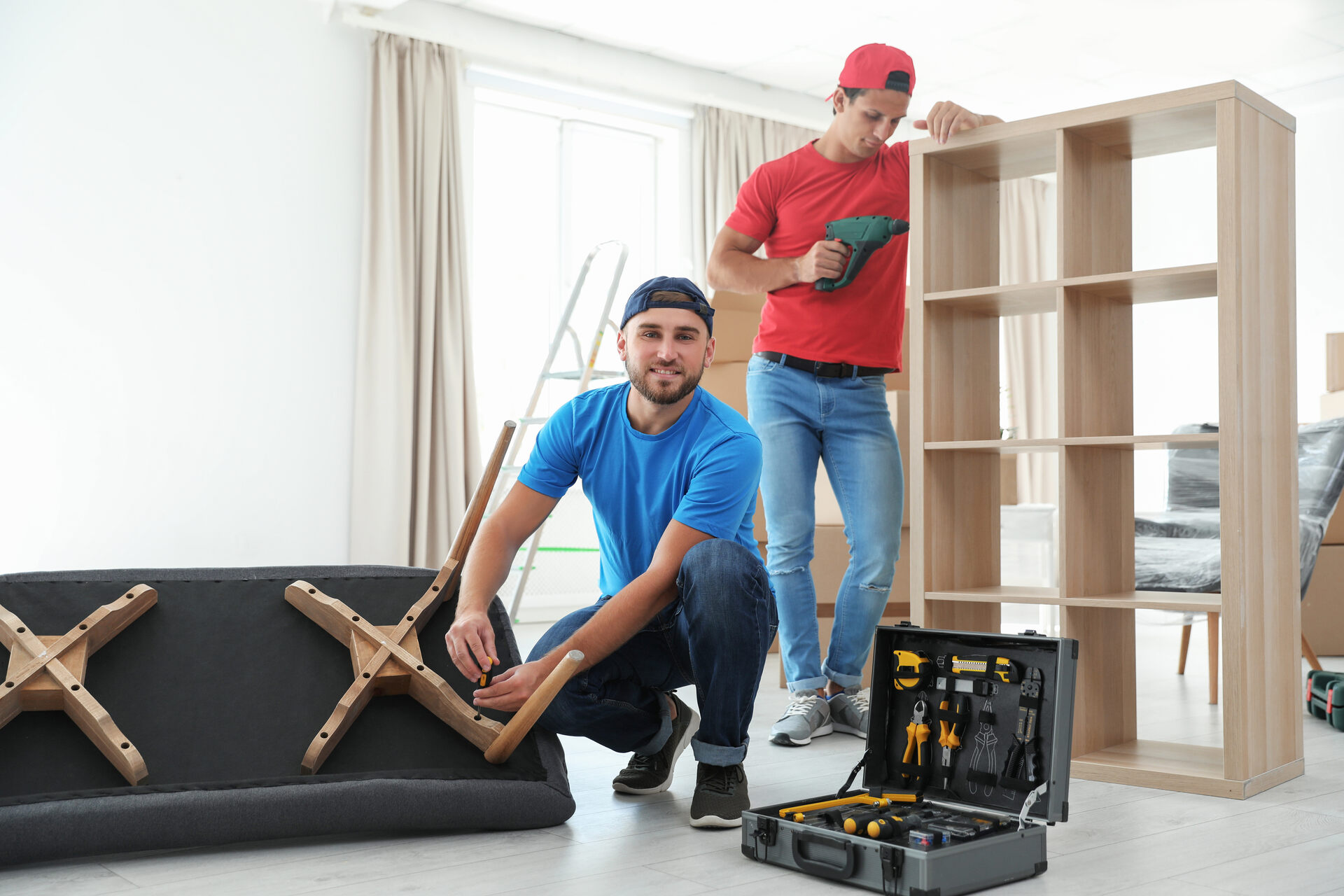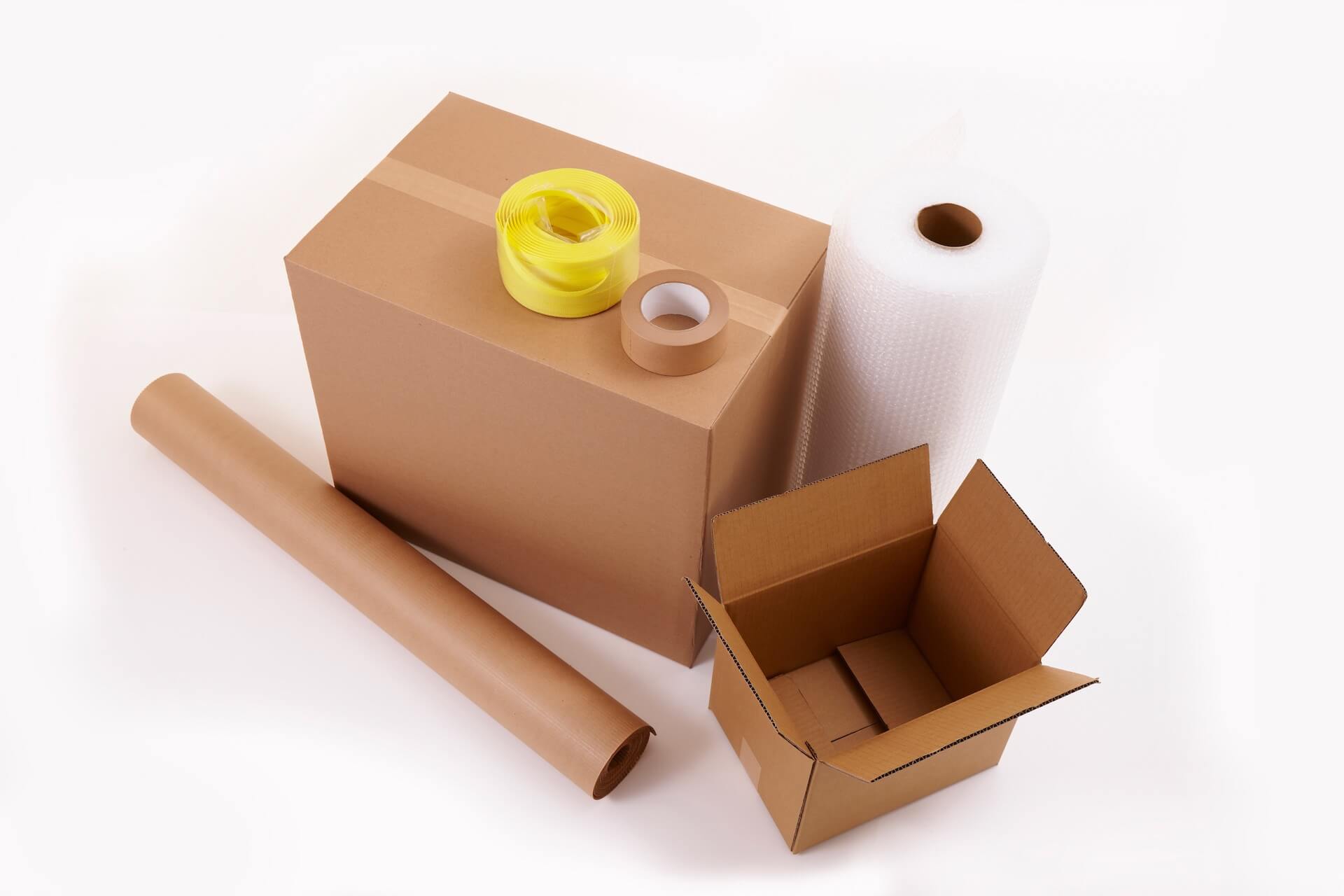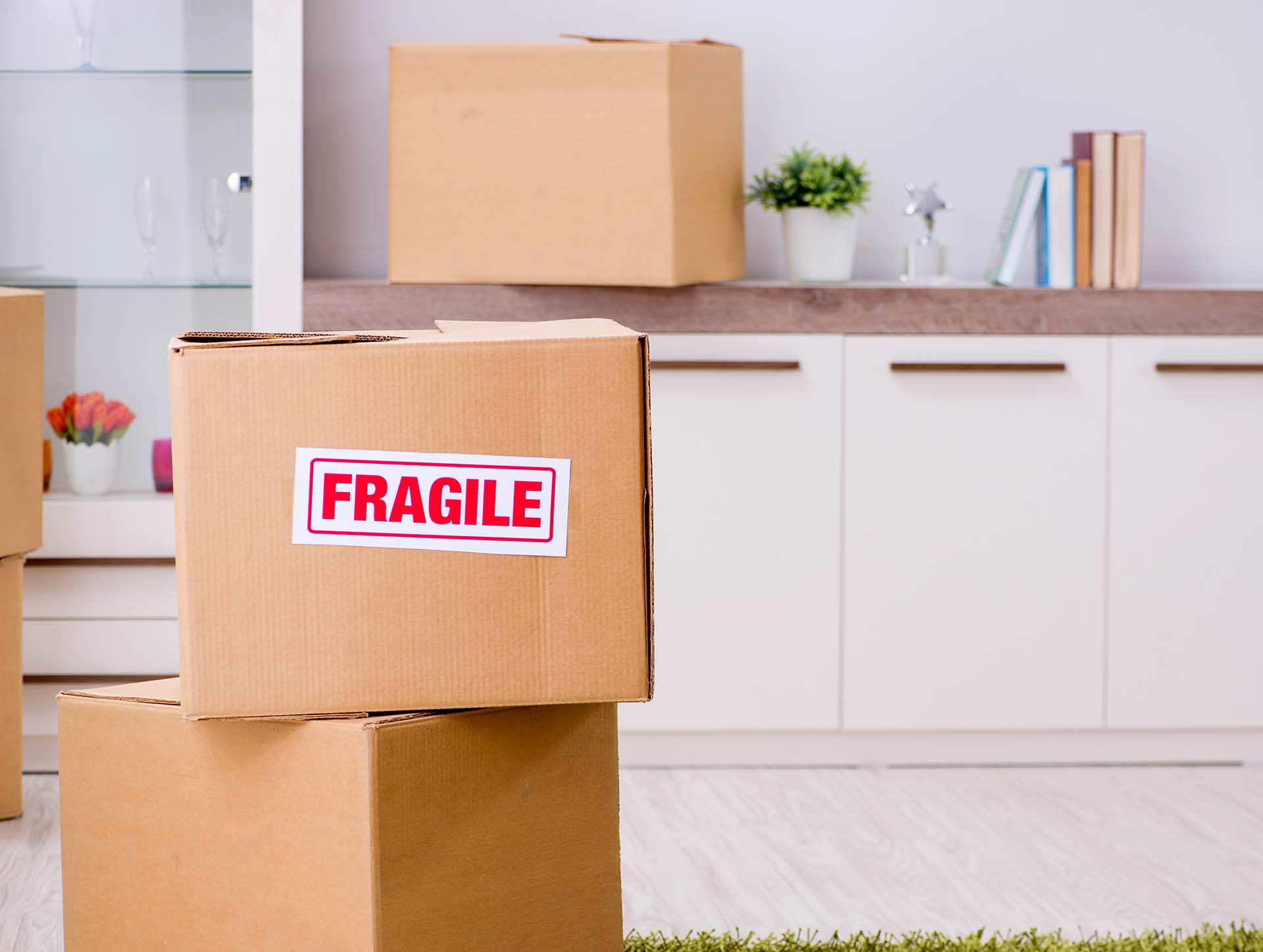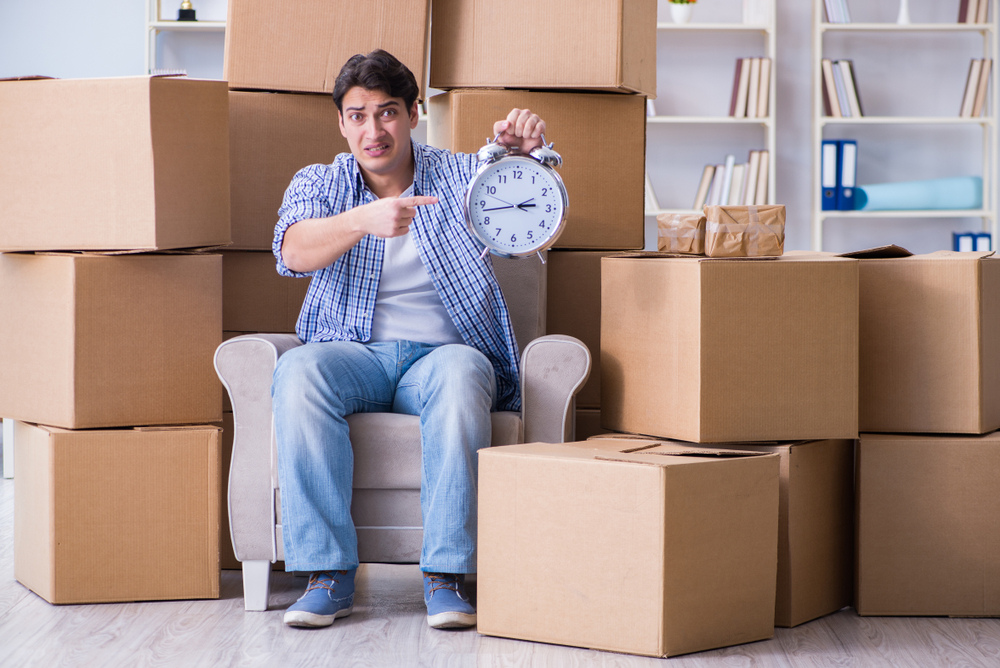

Preparing to move across the world? The best way to wrap furniture for moving isn’t just about bubble wrap and wishful thinking. No matter if it’s a bulky sofa or a delicate glass table, each piece needs protection from the bumps and chaos of international travel. Here’s how to make sure everything arrives in one piece, ready to settle into its new home with you.
Wrapping Furniture for Moving Internationally – Why It’s a Big Deal
Did you know that around 51% of people think moving furniture is the most stressful part of any relocation? And let’s be honest – it’s not hard to see why. Imagine trying to squeeze a sofa through a doorway that seems to have shrunk overnight or watching in horror as a dining table leg snaps during the trip.
There’s nothing quite like the relocation stress that comes with trying to maneuver bulky items that were never meant to leave the room they’re in, let alone travel across the world.
The struggle is real, and the last thing anyone needs is a moving day that turns your favorite armchair into a pile of splinters. That’s why wrapping and packing furniture properly is such a big deal, especially when moving abroad. These moves come with extra bumps, shifts, and unpredictable conditions – after all, there’s a good reason why a whole industry of experts in this particular field exists. Moving internationally by sea is no joke.
First Things First, Prepare the Pieces for Their Global Adventure
Before you start swimming in bubble wrap and packing tape, there are a few tasks on the to-do list you need to handle first. After all, you wouldn’t go on a long trip without prepping, right? Well, the same goes for your favorite sofa or dining table.
A Good Wipe Down Is a Great Start
Before the pieces get packed up for their journey, a little cleaning is in order. Trust us – shipping dusty furniture isn’t a good look, and dirt can cause scratches when wrapped. Plus, you don’t want to open up your stuff in the new home and be greeted by a cloud of old dust, right? A quick wipe goes a long way in keeping things fresh and clean. Here are some pointers:
- Wood furniture – use a damp cloth and a little wood cleaner to get rid of dust and dirt,
- Leather – wipe it with a soft, dry cloth, and if you haven’t done it in a while, use a leather conditioner to keep it supple and avoid cracking,
- Glass surfaces – a quick spray of glass cleaner and a microfiber cloth will have these surfaces sparkling and ready to move,
- Fabric upholstery – vacuum the fabric to get rid of any crumbs, dust, or pet hair.
It’s Time to Take Apart the Larger Pieces
Taking apart furniture might sound like a hassle, but really, trying to transport these pieces like they are will cause even more challenges. Trying to move a giant wardrobe or an assembled dining table through doorways or up flights of stairs isn’t anyone’s idea of fun. Plus, disassembling furniture makes it way easier to wrap and protect each piece properly – no awkward corners sticking out or the arms of chairs getting banged around!
Start with legs, arms, and any detachable shelves. Use the right tools (don’t worry, it’s easier than it sounds), and keep all screws, bolts, and tiny parts in labeled bags so they don’t disappear into the relocation abyss. If a piece can fold down, like a dining table, go ahead and do that too – it’ll save you space and prevent damage during the whole ordeal.

Get All the Necessary Packing Supplies
The best wrapping job can only be done if you’ve got the right packing materials, and skimping on them is a recipe for disaster. The goal is to shield your pieces from every potential knock, bump, and scratch they may encounter on their journey across the globe.
To do this, you’ll need heavy-duty packing materials like bubble wrap, thick moving blankets, and plastic wrap to cocoon your items safely. For delicate edges, throw in some cardboard corner protectors, and don’t forget the all-important duct tape to seal everything up tightly. The right combination of supplies will ensure everything stays safe from start to finish, no matter how long the journey is.

Step-By-Step – The Best Way to Wrap Furniture for Moving
Alright, we’ve made it to the main event. It’s one of the main tasks on any relocation checklist, and now that the prep work is out of the way, it’s time to turn your beloved pieces into perfectly protected packages. Let’s dive into the best way to get it done, starting with some of the trickiest contenders:
Sofas - They Deserve Special Treatment
Sofas aren’t just comfy – they’re also the bulkiest items you’ll have to deal with. Start by removing the cushions (which you’ll wrap separately) and cover the entire sofa with moving blankets, securing them with plastic wrap or tape. Don’t skimp on the padding – sofas love a good layer or two of protection. For leather ones, throw in an extra blanket to avoid scratches or cracks during transport.
Dressers and Drawers - Don't Forget What's Inside!
Dressers are sneaky. On the outside, they look solid and simple to wrap, but there’s a hidden danger lurking – those drawers. It’s often best to empty them out to avoid any awkward shifting or broken handles mid-move. If you’re feeling extra daring, you can leave lightweight items inside (just make sure to tape the drawers shut so nothing spills out!).
Once the drawers are sorted, wrap the dresser in blankets, then secure it with plastic wrap to hold everything in place. Bonus points if you remove any legs or handles to prevent damage during transport!
Dining Tables - Wrapped up and Ready
Dining tables have a knack for taking up a lot of space, so the key here is to disassemble! Remove the legs first and wrap them separately. The tabletop should be wrapped in thick blankets or padded sheets to prevent scratches. Secure everything with plastic wrap or tape, and don’t forget to add cardboard to the corners if it’s a delicate material like glass or marble.
What to Do With That Weird-Shaped Stuff You Can’t Fit in a Box
When it comes to moving overseas, there’s your typical, everyday furniture – and plenty of well-known relocation hacks to handle those, some of which we’ve just covered. But then there’s the weird, odd-shaped stuff, the kind that looks like it would laugh in the face of a moving box.
These funky, fragile items can be a real puzzle, and wrapping them can feel like a mix between a science experiment and an art project. Here are a couple of relocation tips to help in such scenarios:
- Lamps – for the base, wrap it in blankets or bubble wrap and secure it with tape, while the lampshade should have its own separate wrapping,
- Artwork and mirrors – wrap the entire piece in bubble wrap, then place cardboard corners on all four sides, and sandwich it between two pieces of cardboard,
- Sculptures or statues – cover the sculpture entirely, then use foam padding to fill any gaps inside of the box.
Here’s How To Handle Fragile Pieces With the Care They Deserve
It’s obvious that fragile items need some extra TLC, especially when crossing oceans. The trick is to cushion them with plenty of soft padding, whether that’s bubble wrap, foam, or even crumpled packing paper.
Make sure to reinforce corners, and if it’s especially delicate, double-wrap and double-box for extra protection. And don’t forget to label everything fragile – your movers will appreciate the heads-up, and your precious items will be handled with care!

An Experienced International Moving Company Can Always Help
According to Forbes Home, 54% of people who didn’t book packing services report that dealing with everything was simply too much. On top of that, a third of them feel like it wouldn’t even be possible without hiring movers.
These numbers might be surprising, but they’re all too real. Working with the pros isn’t just about saving your back (though that’s a big plus). It’s about making sure that everything, from your prized coffee table to that oversized wardrobe, arrives in one piece.
And here’s the kicker – some companies, such as Shepherd International Movers, even offer overseas vehicle shipping. With such perks, it’s pretty clear that movers are the real MVPs of the relocation game, no matter the distance.
Load It Right – Here’s How to Play the Tricky Game of Furniture Tetris
When the moving day arrives and it’s time to load everything into the truck, the real fun begins. The movers will take charge of the heavy lifting, literally turning your packed-up life into a perfectly arranged truckload.
The pros know exactly what to do to make sure everything fits snugly and safely. They’ll start by loading the heaviest, sturdiest items first. Fragile or lighter items, like your beloved glass coffee table or precious artwork, will go on top or toward the front where they can stay extra secure. Movers use blankets, padding, and just the right amount of spacing to ensure nothing shifts during transport.
Tying It All Together (Literally) With Moving Straps
Once everything’s in place, it’s time for the final touch – moving straps. These trusty tools make sure all that perfectly arranged furniture stays exactly where it belongs, even when the road gets bumpy. This is that extra safety net that will prevent starting this next exciting chapter with heartbreak. After all, you’ll need to focus on breaking the language barrier and tackling that inevitable culture shock head-on, not trying to mend broken pieces of furniture together.

All Wrapped up and Ready to Roll?
From sofas getting the royal treatment to weird-shaped sculptures needing their own special care, prepping furniture for an international move is no small feat. But with the right supplies, professional help, and a couple of trusty relocation tips under your belt, everything’s ready to take on the world – you included!
Still searching for that perfect partner in this whole ordeal? If the idea of wrapping, packing, and loading is making you break out in a sweat, let Shepherd International Movers step in. With years of experience, we’ve got all the tools and tricks to make sure your furniture and even your prized ride arrive safe and sound at the new home. Contact us today, and let’s get rolling!








